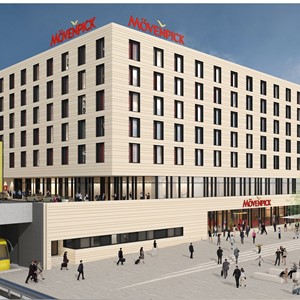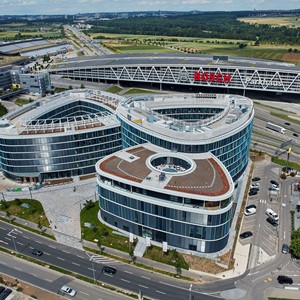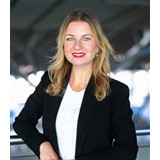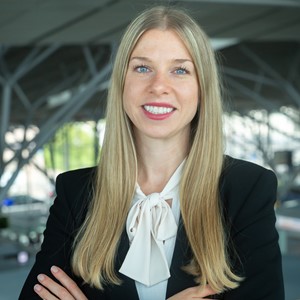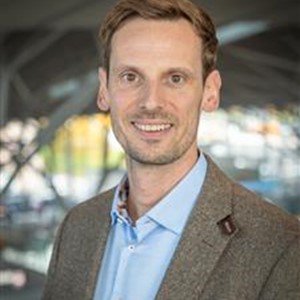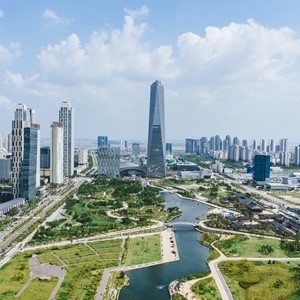
The city of the future
What does the city of the future look like? How does it work? What is it like to live there? And what opportunities do innovative technologies, intermodal mobility and global digitization offer for the jobs of the future?
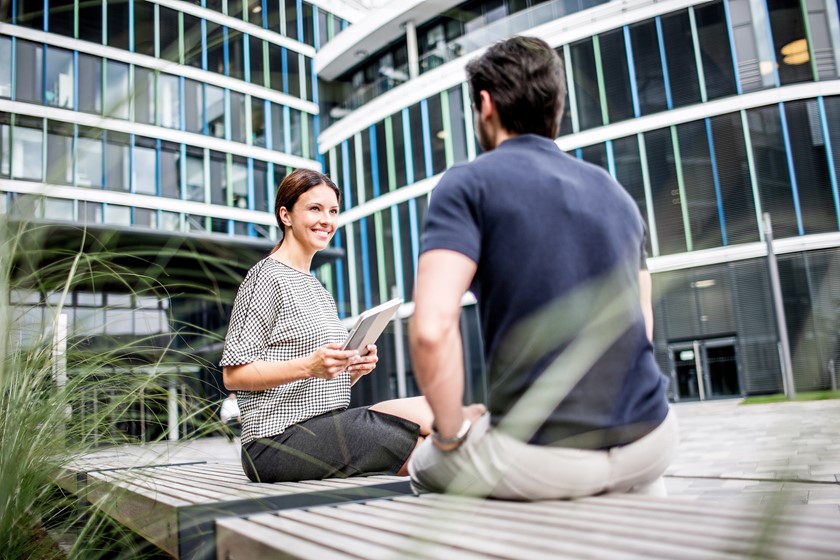
Over the past decades, people's lives have undergone fundamental changes. Even today, more than 50% of the world's population lives in urban areas, i.e. in the world's major metropolises, cities and conurbations. Researchers estimate that this figure with increase to 75% by the year 2050. This development is also noticeable and visible here in Germany. The trend towards urban life is unbroken; three out of four Germans already live in a city.
Experts around the world agree that the metropolises will continue to grow and expand, posing a number of challenges. Living space will become increasingly scarce, more cars will be on the roads, the remaining open spaces will give way to new buildings, the demand for energy will increase enormously, and the environment will become even more polluted. Against this background, innovative and sustainable concepts in the areas of mobility, climate, recycling, green chemistry and energy are being tested throughout Europe along with integrative and sustainable forms of living and working.
The visions being developed in the municipalities and districts are manifold and in some cases already reality: concrete grey asphalt roads are turning into green oases, glass skyscrapers are dotting the landscape, cars are parking on their own, large solar panel systems are catching energy on the roofs, public electric vehicles are humming along on the streets. A mobility app informs the user on the location of the next electric car or whether the bus would be the better alternative. At the same time, the city dweller connects to the Internet of things via his smartphone to ecologically regulate the heating and adapt it to his daily needs.
More than ever, companies in almost all industries need to be easily accessible in the cities of the future and connected to a modern infrastructure to remain competitive in the increasingly tough market for skilled workers in a globalized world. Thus, against all other criteria, location is paramount. According to varying requirements and situations, the location must be reached flexibly, quickly and reliably from all sides and by all means: by ICE express trains, busses, trams, cars, local and regional trains and even by plane.
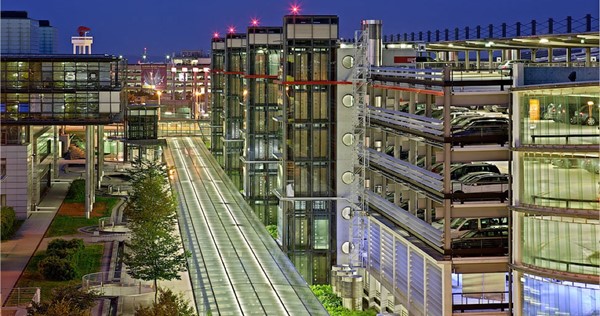
At the same time, the issue of sustainability plays a major role in the development of new residential areas as well as business parks. The ultimate goal for the future is to unite economy, ecology and technology and meet demands for high quality of life. The changes of the past decades call for new approaches to shaping the future.
All these considerations and foreseeable developments have been taken into account since the conception of the Stuttgart Airport City business park. Aspects such as environmental and climate protection, recyclability, energy efficiency and accessibility have been consistently implemented in the concept, already awarded a pre-certificate in gold by the renowned German Sustainable Building Council. The Airport City is equipped with the latest fiber optic technology which leads into the digital future via high-speed networks. At the same time, the area between the airport and the state fair is located at a unique, modern traffic hub that guarantees reliable and flexible accessibility. As part of the current infrastructure development, Stuttgart's inner city will also be accessible in the future in just eight minutes.
Amidst all this change, large metropolises and cities will continue to be the engines of social development in the future: this is where social networks emerge, urban infrastructures operate, and architectural visions develop. The economy, in turn, is driven by locations where the challenges of the future are successfully addressed and corresponding concepts implemented. This is precisely the leitmotif of the Stuttgart Airport City business park, where the future has already begun.
This might also interest you


